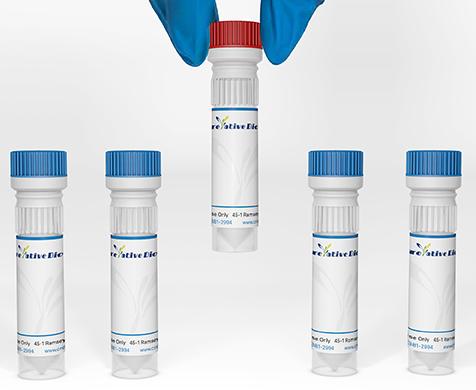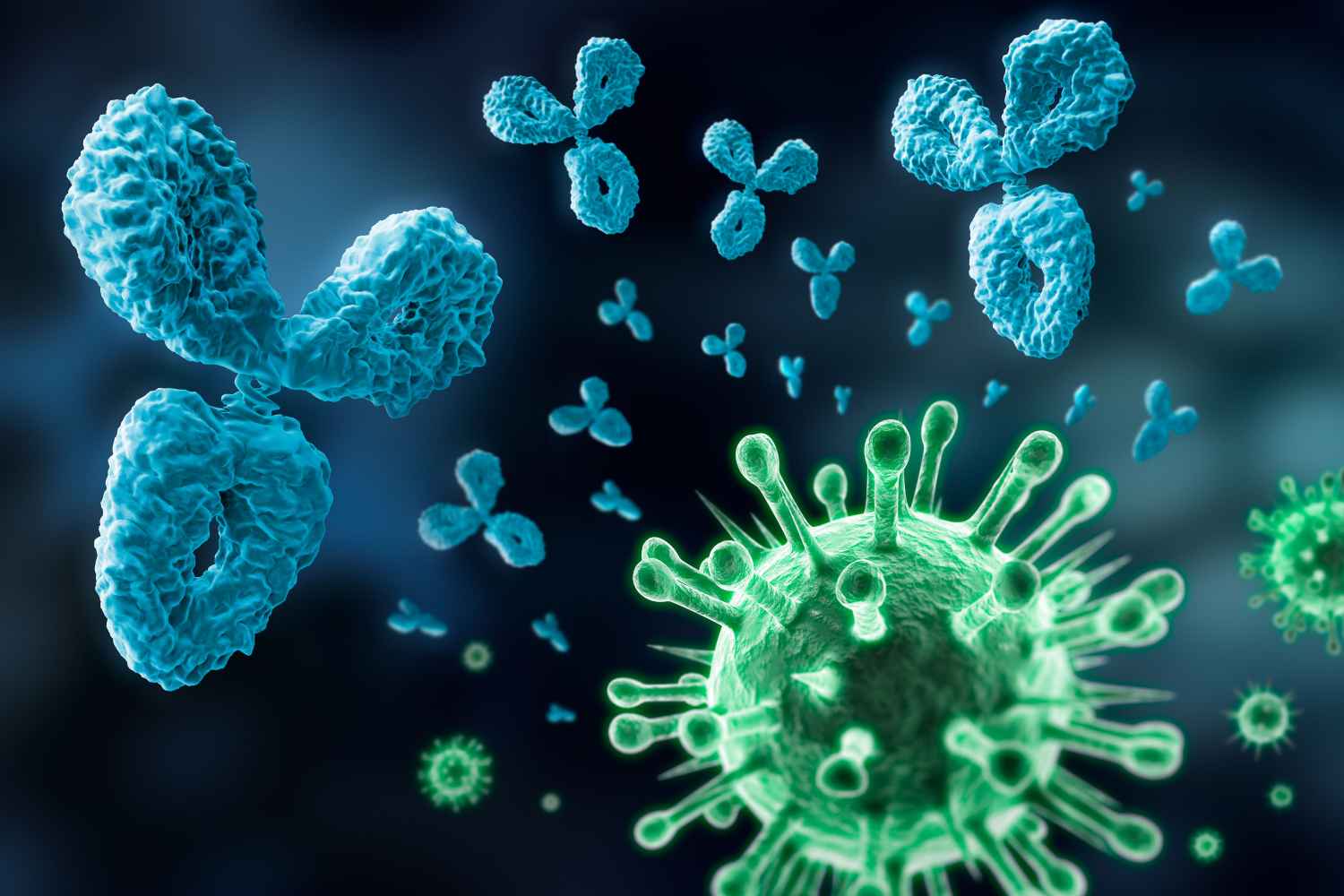SMPD3
SMPD3 (Sphingomyelin Phosphodiesterase 3) is a Protein Coding gene. Diseases associated with SMPD3 include Deafness, Autosomal Recessive 89. Among its related pathways are TNF signaling (REACTOME) and Metabolism. Gene Ontology (GO) annotations related to this gene include sphingomyelin phosphodiesterase activity.
Full Name
Sphingomyelin Phosphodiesterase 3
Function
Catalyzes the hydrolysis of sphingomyelin to form ceramide and phosphocholine. Ceramide mediates numerous cellular functions, such as apoptosis and growth arrest, and is capable of regulating these 2 cellular events independently. Also hydrolyzes sphingosylphosphocholine. Regulates the cell cycle by acting as a growth suppressor in confluent cells. Probably acts as a regulator of postnatal development and participates in bone and dentin mineralization (PubMed:10823942, PubMed:14741383, PubMed:15051724).
Binds to anionic phospholipids (APLs) such as phosphatidylserine (PS) and phosphatidic acid (PA) that modulate enzymatic activity and subcellular location. May be involved in IL-1-beta-induced JNK activation in hepatocytes (By similarity).
May act as a mediator in transcriptional regulation of NOS2/iNOS via the NF-kappa-B activation under inflammatory conditions (By similarity).
Binds to anionic phospholipids (APLs) such as phosphatidylserine (PS) and phosphatidic acid (PA) that modulate enzymatic activity and subcellular location. May be involved in IL-1-beta-induced JNK activation in hepatocytes (By similarity).
May act as a mediator in transcriptional regulation of NOS2/iNOS via the NF-kappa-B activation under inflammatory conditions (By similarity).
Biological Process
Biological Process BMP signaling pathwayIEA:Ensembl
Biological Process bone growthIEA:Ensembl
Biological Process bone mineralizationIEA:Ensembl
Biological Process cellular response to hydrogen peroxideIEA:Ensembl
Biological Process cellular response to magnesium ionIEA:Ensembl
Biological Process cellular response to oxidised low-density lipoprotein particle stimulusIEA:Ensembl
Biological Process cellular response to peptideIEA:Ensembl
Biological Process cellular response to redox stateIEA:Ensembl
Biological Process cellular response to tumor necrosis factorIEA:Ensembl
Biological Process ceramide metabolic processIEA:Ensembl
Biological Process chondrocyte development involved in endochondral bone morphogenesisIEA:Ensembl
Biological Process collagen metabolic processIEA:Ensembl
Biological Process dentinogenesisIEA:Ensembl
Biological Process DNA biosynthetic processIEA:Ensembl
Biological Process endochondral ossificationIEA:Ensembl
Biological Process extracellular matrix assemblyIEA:Ensembl
Biological Process G1 to G0 transitionIEA:Ensembl
Biological Process hematopoietic progenitor cell differentiationIEA:Ensembl
Biological Process lung alveolus developmentIEA:Ensembl
Biological Process mitotic nuclear divisionIEA:Ensembl
Biological Process multicellular organism growthIEA:Ensembl
Biological Process negative regulation of hyaluronan biosynthetic processIEA:Ensembl
Biological Process peptide hormone secretionIEA:Ensembl
Biological Process platelet-derived growth factor receptor signaling pathwayIEA:Ensembl
Biological Process polysaccharide transportIEA:Ensembl
Biological Process positive regulation of exosomal secretionISS:BHF-UCL
Biological Process positive regulation of mitotic nuclear divisionIEA:Ensembl
Biological Process positive regulation of smooth muscle cell proliferationIEA:Ensembl
Biological Process protein kinase B signalingIEA:Ensembl
Biological Process regulation of cartilage developmentIEA:Ensembl
Biological Process regulation of leukocyte migrationIEA:Ensembl
Biological Process regulation of protein phosphorylationIEA:Ensembl
Biological Process sphingolipid mediated signaling pathwayIEA:Ensembl
Biological Process sphingomyelin catabolic processManual Assertion Based On ExperimentIDA:UniProtKB
Biological Process sphingomyelin metabolic processISS:UniProtKB
Biological Process bone growthIEA:Ensembl
Biological Process bone mineralizationIEA:Ensembl
Biological Process cellular response to hydrogen peroxideIEA:Ensembl
Biological Process cellular response to magnesium ionIEA:Ensembl
Biological Process cellular response to oxidised low-density lipoprotein particle stimulusIEA:Ensembl
Biological Process cellular response to peptideIEA:Ensembl
Biological Process cellular response to redox stateIEA:Ensembl
Biological Process cellular response to tumor necrosis factorIEA:Ensembl
Biological Process ceramide metabolic processIEA:Ensembl
Biological Process chondrocyte development involved in endochondral bone morphogenesisIEA:Ensembl
Biological Process collagen metabolic processIEA:Ensembl
Biological Process dentinogenesisIEA:Ensembl
Biological Process DNA biosynthetic processIEA:Ensembl
Biological Process endochondral ossificationIEA:Ensembl
Biological Process extracellular matrix assemblyIEA:Ensembl
Biological Process G1 to G0 transitionIEA:Ensembl
Biological Process hematopoietic progenitor cell differentiationIEA:Ensembl
Biological Process lung alveolus developmentIEA:Ensembl
Biological Process mitotic nuclear divisionIEA:Ensembl
Biological Process multicellular organism growthIEA:Ensembl
Biological Process negative regulation of hyaluronan biosynthetic processIEA:Ensembl
Biological Process peptide hormone secretionIEA:Ensembl
Biological Process platelet-derived growth factor receptor signaling pathwayIEA:Ensembl
Biological Process polysaccharide transportIEA:Ensembl
Biological Process positive regulation of exosomal secretionISS:BHF-UCL
Biological Process positive regulation of mitotic nuclear divisionIEA:Ensembl
Biological Process positive regulation of smooth muscle cell proliferationIEA:Ensembl
Biological Process protein kinase B signalingIEA:Ensembl
Biological Process regulation of cartilage developmentIEA:Ensembl
Biological Process regulation of leukocyte migrationIEA:Ensembl
Biological Process regulation of protein phosphorylationIEA:Ensembl
Biological Process sphingolipid mediated signaling pathwayIEA:Ensembl
Biological Process sphingomyelin catabolic processManual Assertion Based On ExperimentIDA:UniProtKB
Biological Process sphingomyelin metabolic processISS:UniProtKB
Cellular Location
Golgi apparatus membrane
Cell membrane
May localize to detergent-resistant subdomains of Golgi membranes of hypothalamic neurosecretory neurons (PubMed:10823942).
Localizes to plasma membrane in confluent contact-inhaibited cells (PubMed:15051724).
Cell membrane
May localize to detergent-resistant subdomains of Golgi membranes of hypothalamic neurosecretory neurons (PubMed:10823942).
Localizes to plasma membrane in confluent contact-inhaibited cells (PubMed:15051724).
Topology
Cytoplasmic: 1-10
Helical: 11-31
Cytoplasmic: 32-64
Helical: 65-85
Cytoplasmic: 86-655
Helical: 11-31
Cytoplasmic: 32-64
Helical: 65-85
Cytoplasmic: 86-655
PTM
Palmitoylated, palmitoylation-deficient proteins are targeted for lysosomal degradation.
View more
Anti-SMPD3 antibodies
+ Filters
 Loading...
Loading...
Target: SMPD3
Host: Mouse
Antibody Isotype: IgG2b
Specificity: Human
Clone: CBXS-1927
Application*: WB
More Infomation
Hot products 
-
Rabbit Anti-CCL5 Recombinant Antibody (R0437) (CBMAB-R0437-CN)

-
Mouse Anti-ADIPOR1 Recombinant Antibody (V2-179982) (CBMAB-A1368-YC)

-
Mouse Anti-ANXA7 Recombinant Antibody (A-1) (CBMAB-A2941-YC)

-
Mouse Anti-CDKL5 Recombinant Antibody (CBFYC-1629) (CBMAB-C1689-FY)

-
Mouse Anti-CEMIP Recombinant Antibody (3C12) (CBMAB-K0296-LY)

-
Mouse Anti-DISP2 Monoclonal Antibody (F66A4B1) (CBMAB-1112CQ)

-
Mouse Anti-4-Hydroxynonenal Recombinant Antibody (V2-502280) (CBMAB-C1055-CN)

-
Mouse Anti-ADGRE2 Recombinant Antibody (V2-261270) (CBMAB-C0813-LY)

-
Mouse Anti-APCS Recombinant Antibody (CBYC-A663) (CBMAB-A3054-YC)

-
Mouse Anti-HTLV-1 gp46 Recombinant Antibody (CBMW-H1006) (CBMAB-V208-1154-FY)

-
Mouse Anti-ATG5 Recombinant Antibody (9H197) (CBMAB-A3945-YC)

-
Mouse Anti-A2M Recombinant Antibody (V2-178822) (CBMAB-A0036-YC)

-
Mouse Anti-BIRC7 Recombinant Antibody (88C570) (CBMAB-L0261-YJ)

-
Mouse Anti-ADRB2 Recombinant Antibody (V2-180026) (CBMAB-A1420-YC)

-
Mouse Anti-APP Recombinant Antibody (DE2B4) (CBMAB-1122-CN)

-
Mouse Anti-AGO2 Recombinant Antibody (V2-634169) (CBMAB-AP203LY)

-
Mouse Anti-ARSA Recombinant Antibody (CBYC-A799) (CBMAB-A3679-YC)

-
Mouse Anti-8-oxoguanine Recombinant Antibody (V2-7697) (CBMAB-1869CQ)

-
Mouse Anti-DLC1 Recombinant Antibody (D1009) (CBMAB-D1009-YC)

-
Mouse Anti-AMH Recombinant Antibody (5/6) (CBMAB-A2527-YC)

For Research Use Only. Not For Clinical Use.
(P): Predicted
* Abbreviations
- AActivation
- AGAgonist
- APApoptosis
- BBlocking
- BABioassay
- BIBioimaging
- CImmunohistochemistry-Frozen Sections
- CIChromatin Immunoprecipitation
- CTCytotoxicity
- CSCostimulation
- DDepletion
- DBDot Blot
- EELISA
- ECELISA(Cap)
- EDELISA(Det)
- ESELISpot
- EMElectron Microscopy
- FFlow Cytometry
- FNFunction Assay
- GSGel Supershift
- IInhibition
- IAEnzyme Immunoassay
- ICImmunocytochemistry
- IDImmunodiffusion
- IEImmunoelectrophoresis
- IFImmunofluorescence
- IGImmunochromatography
- IHImmunohistochemistry
- IMImmunomicroscopy
- IOImmunoassay
- IPImmunoprecipitation
- ISIntracellular Staining for Flow Cytometry
- LALuminex Assay
- LFLateral Flow Immunoassay
- MMicroarray
- MCMass Cytometry/CyTOF
- MDMeDIP
- MSElectrophoretic Mobility Shift Assay
- NNeutralization
- PImmunohistologyp-Paraffin Sections
- PAPeptide Array
- PEPeptide ELISA
- PLProximity Ligation Assay
- RRadioimmunoassay
- SStimulation
- SESandwich ELISA
- SHIn situ hybridization
- TCTissue Culture
- WBWestern Blot

Online Inquiry







